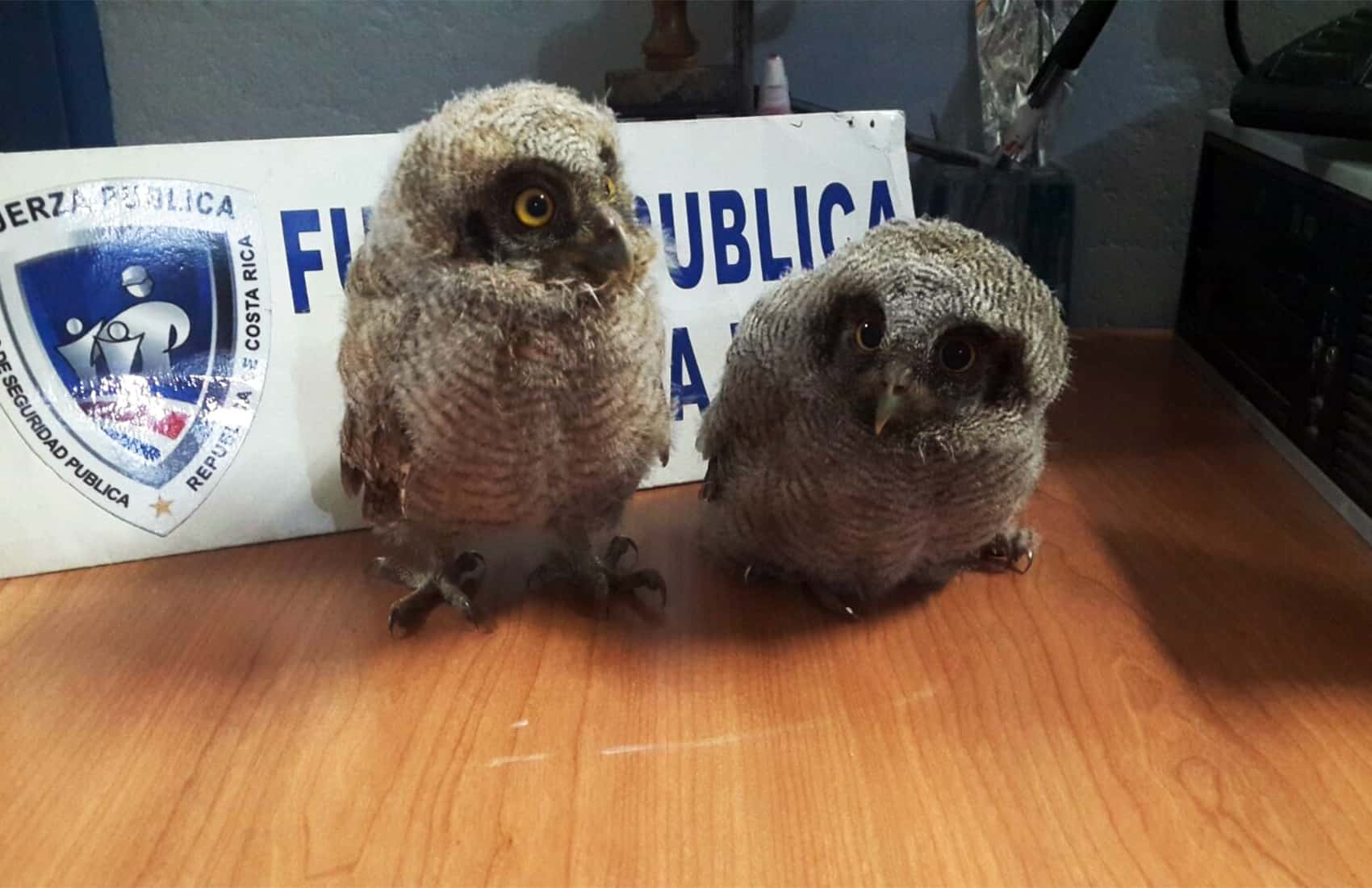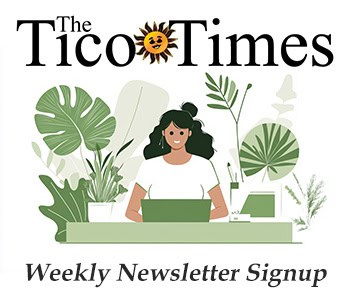Costa Rica is dealing with yet another sharp rise in wildlife trafficking, now our country’s third most common environmental crime. Reports highlighted intensified efforts by authorities to curb this growing threat, which endangers our nation’s incredible array of life. Park rangers and police recently uncovered cases involving species like capybaras, parrots, and reptiles, with five capybaras found in captivity just last week. The illegal trade, driven by demand for exotic pets and animal parts, is putting immense pressure on Costa Rica’s ecosystems.
Costa Rica is home to 5% of the world’s biodiversity and has long been a home for species like toucans, sloths, and sea turtles. However, traffickers exploit this abundance, often targeting protected areas like national parks. According to reports, the Ministry of Environment and Energy (MINAE) and the National System of Conservation Areas (SINAC) are ramping up patrols and collaborating with international agencies to dismantle trafficking networks. In 2024 alone, over 1,200 animals were rescued, but many more remain in illegal hands.
Communities near protected areas face economic challenges, sometimes turning to trafficking for income. Environmental groups are pushing for stricter penalties and education programs to address this. “It’s not just about enforcement; we need to change mindsets,” said a SINAC official. The trade also poses risks to public health, as smuggled animals can carry diseases.
The rise in wildlife trafficking is casting a shadow over Costa Rica’s tourism industry, which relies heavily on its reputation as a biodiversity hotspot. In 2024, tourism generated $5.4 billion, driven by eco-tourism and wildlife attractions like national parks and sanctuaries. However, the illegal trade of species like parrots and turtles tarnishes the country’s image as a safe haven for nature lovers.
Reports of trafficking, such as the recent seizure of 30 scarlet macaws, have fueled negative media coverage, with some tourists expressing concerns about ethical travel. A 13.8% drop in tourist arrivals from September 2024 to March 2025, partly attributed to broader safety concerns, suggests that wildlife trafficking could further deter visitors. Local businesses in areas like La Fortuna and Manuel Antonio worry about declining bookings, as travelers opt for destinations perceived as more sustainable
Travelers and locals can help by reporting suspicious activity and supporting ethical tourism. If you’re visiting Costa Rica’s parks, stick to licensed guides and avoid buying animal products. The fight to protect its wildlife is ongoing, and every step counts.







